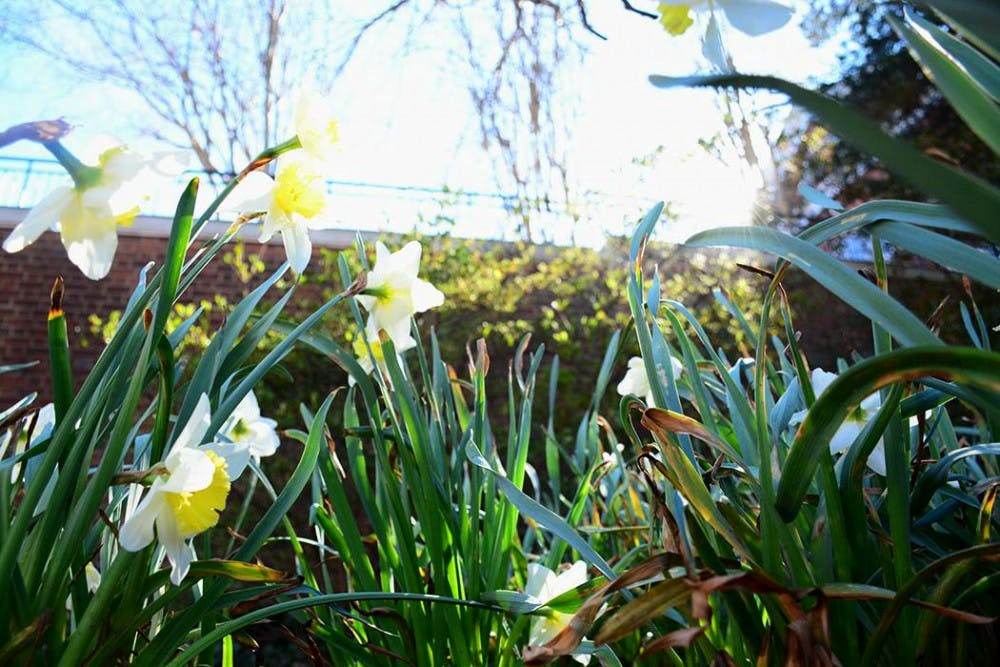The Association of Physical Plant Administrators, or APPA: Leadership in Educational Facilities, recently awarded the University’s facilities management department the 2016 Sustainability Award for its efforts to integrate sustainable practices into academic buildings and facilities.
The APPA is dedicated to maximizing the function of educational facilities and making them more inviting for people who are utilizing the spaces.
“Facilities Management’s sustainability programs at U.Va. have developed exponentially over the past four years,” Paul Wuebold, APPA’s vice president of professional affairs and the chair of the Awards and Recognition Committee, said in a press release.
Deeds of the Facilities Management department are part of the University’s strategic initiatives in cultivating sustainability throughout the campus.
Nina Morris, the outreach & engagement manager of the Office for Sustainability on Grounds, said in an email statement that the University’s Committee on Sustainability has developed its first comprehensive plan — known as the Sustainability Plan — to cultivate sustainability in several areas.
“Globally, the issue of climate change has taken on a mounting sense of urgency as world leaders are increasingly concerned about its long term impacts on coastal and infrastructure resilience, food security, water scarcity, political stability, and environmental and economic health,” reads the statement by Mark White and Cheryl Gomez, both co-chairs of the Committee. “In this context, the University of Virginia has a great opportunity as well as a great responsibility to respond.”
The plan, which spans from 2016 to 2020, details 30 focus areas where sustainability could be further integrated. Areas include increasing awareness in the community, reducing the use of potable water and reducing food waste, among others.
Morris said the University has also been actively trying to improve the resource efficiency of buildings on Grounds.
“A great example of that is Clark Hall, where U.Va. is currently pursuing LEED Existing Building Operations and Maintenance certification, a rigorous national standard that ensures buildings and their occupants are conserving resources while supporting occupant well-being,” Morris said.
The building’s energy, water and waste systems are being updated and efforts are being made to reduce total waste, Morris added.
However, challenges are to make sustainability compatible with existing architecture.
“With over 525 buildings with a diverse range of uses and types, from the historic Rotunda to high-tech research labs in Rice Hall, each building presents its own opportunities and challenges,” Morris said. “This requires U.Va.’s Facilities Management staff and each building’s occupants to have an in-depth knowledge of what sustainable practices work best for each building.”
Moving forward, there are many visions to be fulfilled to achieve sustainability in a wider range.
“Over 100 students, faculty and staff contributed to the Plan and have set U.Va. on a course to reduce its energy and emissions and waste while working to educate each member of our community on sustainability to ensure each of us are contributing to a more sustainable future,” Morris said.







